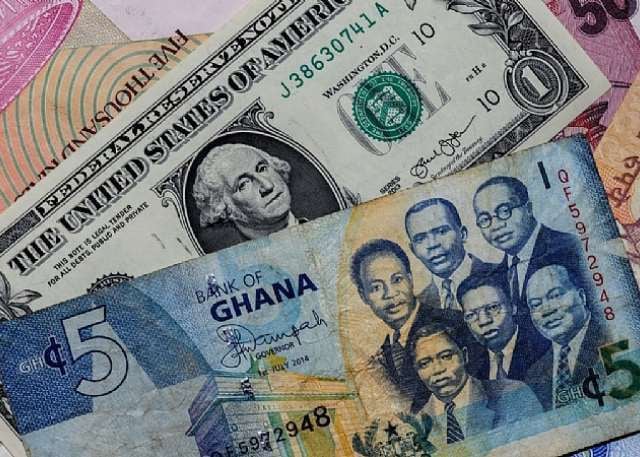The Ghanaian cedi’s performance against major international currencies, particularly the US dollar, has been a subject of continuous observation and analysis. As of June 7, 2025, the cedi demonstrated varying exchange rates across different market segments, including forex bureaus, interbank markets, and money transfer platforms. This variability highlights the dynamic nature of the foreign exchange market and the influence of diverse factors on currency valuation. Understanding these fluctuations is crucial for individuals, businesses, and policymakers involved in international transactions and economic planning.
The forex bureau market, a readily accessible avenue for currency exchange, presented a wider spread between buying and selling rates compared to the interbank market. Individuals looking to exchange US dollars for cedis at forex bureaus faced a rate of GHS11.40, while those converting cedis to dollars encountered a rate of GHS11.95. This difference reflects the operational costs and profit margins of the forex bureaus. Contrastingly, the interbank market, where financial institutions trade currencies, offered a tighter spread, with buying and selling rates of GHS10.24 and GHS10.26 per dollar, respectively. This narrower margin indicates the higher volume and lower transaction costs associated with interbank trading.
The cedi’s exchange rate against the British pound and the euro also exhibited similar dynamics. At forex bureaus, the pound traded at an average buying rate of GHS13.51 and a selling rate of GHS14.51. The euro, on the other hand, averaged GHS11.44 for buying and GHS12.36 for selling. The interbank market displayed a slightly stronger cedi against these currencies, with the pound selling at GHS13.94 and the euro at GHS11.74. These differing rates emphasize the importance of comparing exchange rates across various platforms to secure the most favorable terms for currency conversion.
Money transfer platforms, which offer specialized services for international remittances, provided competitive exchange rates for individuals sending funds to Ghana from the US, UK, or Eurozone. LemFi and Hurupay, two prominent players in this space, offered dollar to cedi rates of GHS10.18 and GHS10.27, respectively. This reflects the competitive landscape of the remittance market and the drive to offer attractive rates to customers. Similarly, pound sterling transfers saw LemFi offering a rate of GHS13.80 and Afriex providing GHS15.20 per pound. Euro transfers witnessed Afriex at GHS12.80 and LemFi at GHS11.60 per euro. These variations underscore the diversity in pricing strategies amongst remittance providers.
For digital subscriptions to services like Netflix, Spotify, and Apple Music, using Visa or Mastercard incurred an exchange rate of GHS11.02 per dollar. This rate, distinct from other market segments, likely reflects the fees and exchange rate mechanisms employed by these payment processors for international transactions. It’s essential for consumers to be mindful of these rates when making online purchases in foreign currencies to accurately assess the total cost in cedis.
In summary, the Ghanaian cedi’s exchange rate against the US dollar, British pound, and euro exhibited fluctuations across different market segments as of June 7, 2025. Forex bureaus offered readily accessible exchange services but with wider spreads compared to the interbank market. Money transfer platforms provided competitive rates for remittances, and digital subscription payments via Visa and Mastercard carried a specific exchange rate. These variations underscore the importance of comparing rates across different platforms to optimize currency conversions and understand the true cost of international transactions. Monitoring these trends and understanding the underlying factors influencing exchange rate fluctuations is crucial for informed financial decision-making in the dynamic foreign exchange market.


